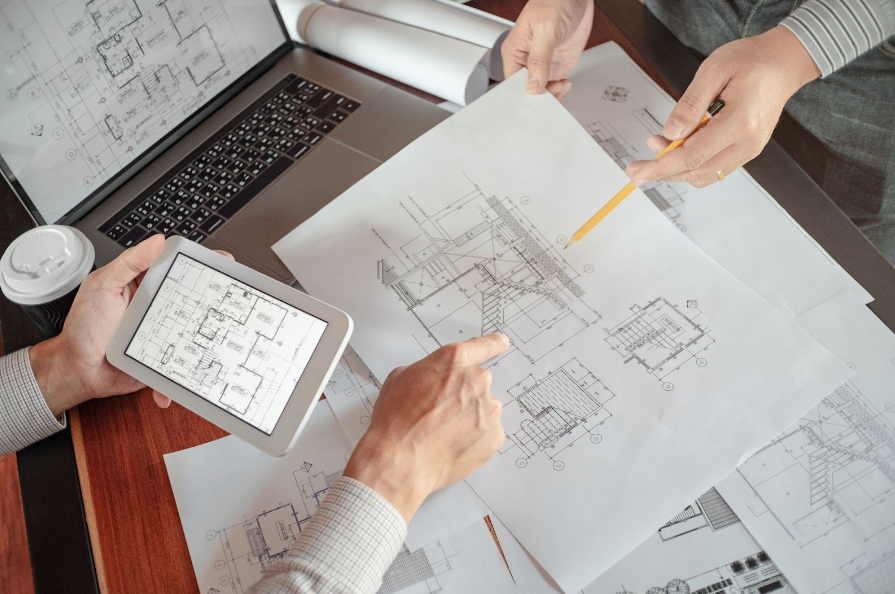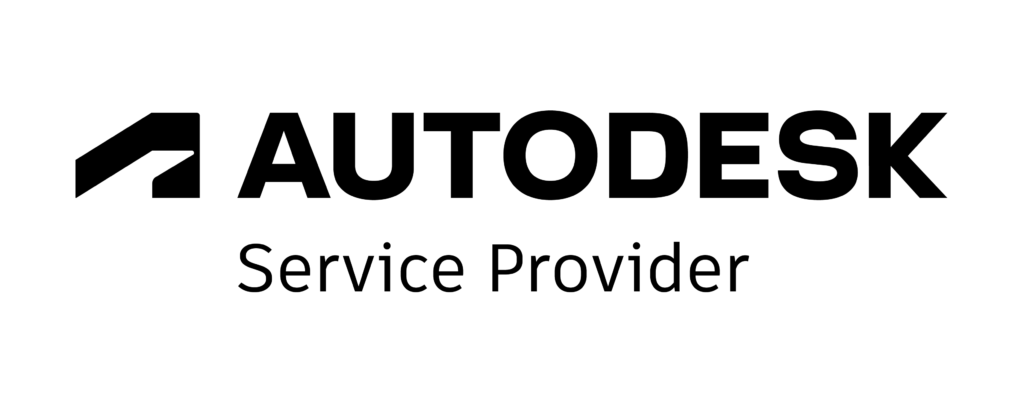Over the past decade, the AEC industry has adopted Building Information Modeling (BIM) as a core part of their design and construction process.
Put simply, BIM is the process of creating and managing information within a 3D building model. It stores non-geometric information about a building, like material properties and energy output.
BIM has revolutionized the building design and construction process. But how does it help with facilities management (FM)? This is an important field within the broader building industry that involves a building’s operation, administration, maintenance, and repair.
As technology advances and this type of digital transformation becomes more widespread, many building owners are now turning to BIM for Facility Management (BIM for FM) to streamline their operations and maintenance plans. BIM offers tons of advantages to facility managers.
In this article, we’ll dive into 10 of the primary benefits you can expect when using BIM for Facility Management.
1. Improved collaboration and communication
One of the key benefits of BIM is its ability to improve collaboration and communication. BIM technology lets stakeholders quickly access and share project information in real time, which can help streamline the construction process.
And with BIM, you don’t have to worry about discrepancies or miscommunication among teams. Having all the plans and information in one place streamlines this and makes it easier to make informed decisions, improve efficiency, and reduce costs.
2. Enhanced data accuracy and management
Data accuracy and management are the cornerstone of facility management. BIM users can easily track data associated with the building — including its physical materials and components — all in one place. Stakeholders in the construction process can then use this data to create a detailed, accurate maintenance plan, minimizing risks and reducing the cost of service calls.
Moreover, professionals can use BIM technology to connect a building’s operations and maintenance teams with facility management systems. This allows the facility manager to track assets, workflows, and energy consumption levels. A facility manager can also use this information to create preventive maintenance plans that make buildings more efficient.
Data accuracy is especially important for long-term facility management. A building experiences wear and tear and other changes over time. BIM can help track these changes to ensure construction professionals make all necessary repairs in a timely manner and that the building is properly maintained for years to come.
Integrating BIM into the existing facility management system also makes tracking asset information over a building’s entire lifecycle possible. This helps reduce operational costs, improve warranty periods, and streamline workflow management.
3. Streamlined workflow
Construction workflow can be complex and often requires the coordination of multiple teams. BIM-based facility management helps streamline this process by providing everyone with a comprehensive overview of the project and real-time data so they can update any work in progress.
One good example of how this works is the clash detection feature in BIM. This feature allows stakeholders to identify potential conflicts between design elements and quickly make changes before they become problems. This results in a smoother construction workflow and fewer delays due to miscommunication or discrepancies among teams.
4. Reduced margin of error
There will always be a margin of error when it comes to construction projects. But BIM technology can significantly reduce this and help prevent conflicts between stakeholders.
Detecting clashes and discrepancies before they pose issues reduces delays and the need for reworks. It also reduces the risk of on-site accidents, which can be an expensive setback. BIM also helps ensure that building designs meet all legal and safety requirements, eliminating any potential conflicts due to misunderstandings or incorrect information.
In other words, BIM can help reduce the potential for disputes and ensure stakeholders are on the same page throughout a project. This helps maintain a healthy working relationship between all parties involved and ensures the final product exceeds expectations.
5. Enhanced visualizations
Visualizations provide a unique opportunity to fully immerse users in a building or space simulation prior to fabrication. And with BIM technology, you can generate realistic 3D models with the help of CAD software like AutoDesk‘s Revit and AutoCAD. These applications can simulate building performance and help professionals make informed decisions that will positively affect the built environment.
What’s more, BIM enhances a project’s visualization from concept to completion. Having access to photorealistic 3D models can give stakeholders an immersive experience and help them easily detect any discrepancies between actual site conditions and the design intent.
BIM technology takes enhanced visualization a step further with virtual reality (VR). This gives stakeholders a realistic, life-sized view of their project, allowing them to virtually step into it as if it were the real, completed space. This helps them gain a better understanding of the building before its completion.
6. Reduced cost
If there’s anything stakeholders want, it’s to reduce costs without sacrificing project performance and quality. BIM technology helps achieve just that; through automation, BIM can help cut maintenance, labor, and operating costs.
BIM can also reduce a project’s total cost of ownership (TCO). A building’s TCO considers the initial construction costs and any ongoing expenses throughout its lifespan. This covers various factors like energy efficiency and long-term facility maintenance. BIM reduces this metric by providing stakeholders with accurate information that helps optimize project design and lower operational costs.
BIM technology can also identify cost-saving opportunities, such as energy efficiency initiatives and smart building management systems. This translates into reduced costs for a project’s entire duration, from planning to completion.
7. Safety
BIM technology also helps improve construction site safety. A comprehensive view of the project helps stakeholders identify potential risks and take preventive measures to ensure safety. For example, BIM models can simulate various scenarios and identify weak points to prevent accidents and injuries.
Through BIM-collected data, stakeholders can also identify areas requiring additional commissioning or maintenance, helping ensure the building can operate safely.
8. Sustainability
Sustainability involves meeting present needs without compromising the ability of future generations to do the same.
This is something BIM technology can also improve during project management. BIM provides stakeholders with detailed information on building performance and energy usage by occupants — both key environmental sustainability factors. They can use this data to identify potential eco-friendly solutions and make necessary adjustments to reduce carbon emissions and other environmental impacts.
BIM software also helps planners make better use of real estate. For example, urban planners can use BIM to analyze and create digital models of spaces like streets, buildings, and parks to facilitate decision-making when it comes to urban space management and development.
Indoor air quality is also essential for creating a healthy environment. Professionals can use BIM data to identify air quality issues like the presence of pollutants and other airborne contaminants and address them appropriately.
9. Improved asset management
Assets are the lifeblood of a construction project. So, knowing their availability, location, and condition is important. An overview of the entire building lifecycle lets stakeholders identify areas or items that need maintenance or replacement. This helps ensure assets are properly tracked and maintained throughout their lifecycle.
Additionally, BIM-generated data can optimize asset placement. This helps promote efficient and cost-effective operations and reduces the number of unnecessary assets used in different construction phases.
10. Regulatory adherence
Regulations ensure safety and quality in a project and, therefore, must be followed closely. BIM technology can help ensure all regulations are met during the design process.
For example, building professionals can conduct a detailed occupancy analysis to identify any potential for overcrowding before implementing a building design. Stakeholders can gather data from this analysis to make necessary design changes to ensure it complies with safety and regulations.
Looking forward
The benefits of BIM for Facilities Management are many. From improved asset management to regulatory compliance, BIM is revolutionizing how we manage and use construction assets.
There are many ongoing developments in the BIM space. Advances in AI and machine learning are unlocking new possibilities for more accurate data analysis and insights. And virtual and augmented reality offer immersive experiences that can help stakeholders identify more efficient ways to manage their projects.
Want to find out more about BIM? Our experts can answer a wide spectrum of questions about BIM implementation, Revit, standards, and related queries. We will respond in under 24 hours during normal business days.





